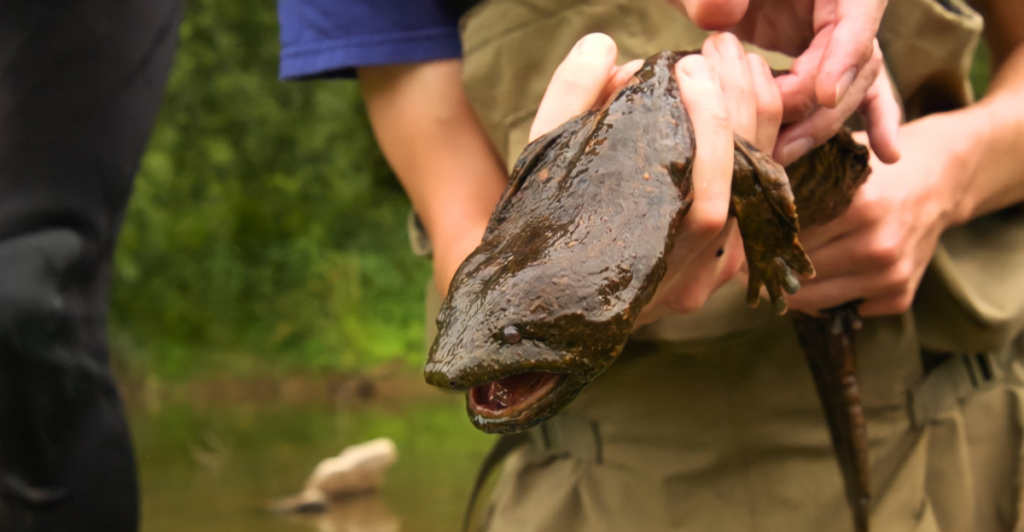
You’d think by now we’d have found every animal in our own backyard, but nature’s sneakier than we give it credit for. Across the U.S., scientists are still discovering species that somehow flew under the radar for decades, or even centuries.
Some live deep underground. Others were hiding in plain sight. A few were dismissed as variations of existing species until someone finally said, “Wait a minute…” It turns out, American biodiversity still holds secrets, and some of them are seriously unexpected.
From flatworms to phantom weasels, these elusive animals prove that even the most familiar landscapes still have stories left to tell.
1. Mount Lyell Shrew
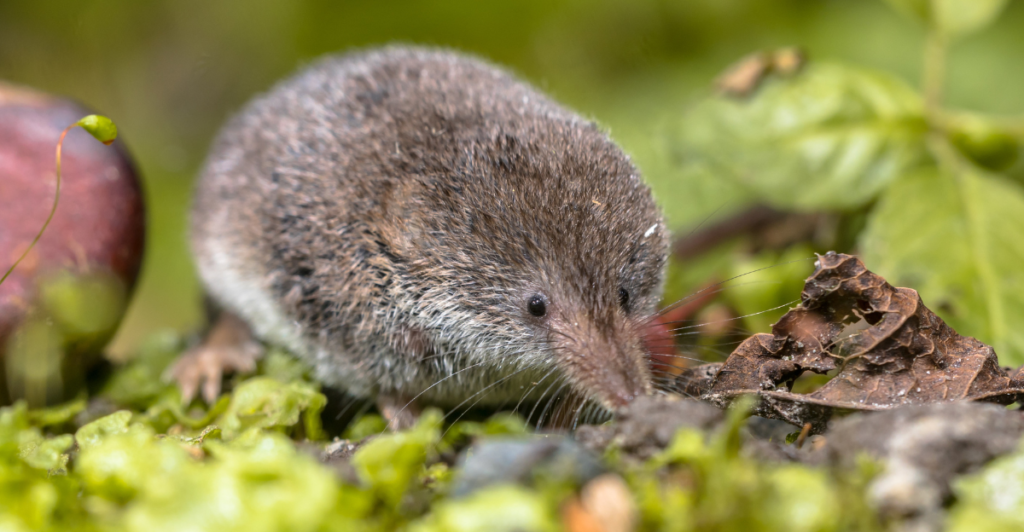
For over 100 years, the Mount Lyell shrew was known only from dusty museum specimens, last collected in the late 1800s. No photos. No sightings. Just a label and a guess. Most scientists quietly assumed it had gone extinct.
Then, in 2021, a camera trap in California’s Sierra Nevada finally caught it on film. It was tiny, mouse-sized, and very much alive. It lives in high-altitude marshy areas, which explains how it dodged detection for so long.
It’s a big win for biodiversity, and a reminder that small doesn’t mean insignificant. The shrew’s return proves there’s still magic in the margins.
2. Reticulated Siren
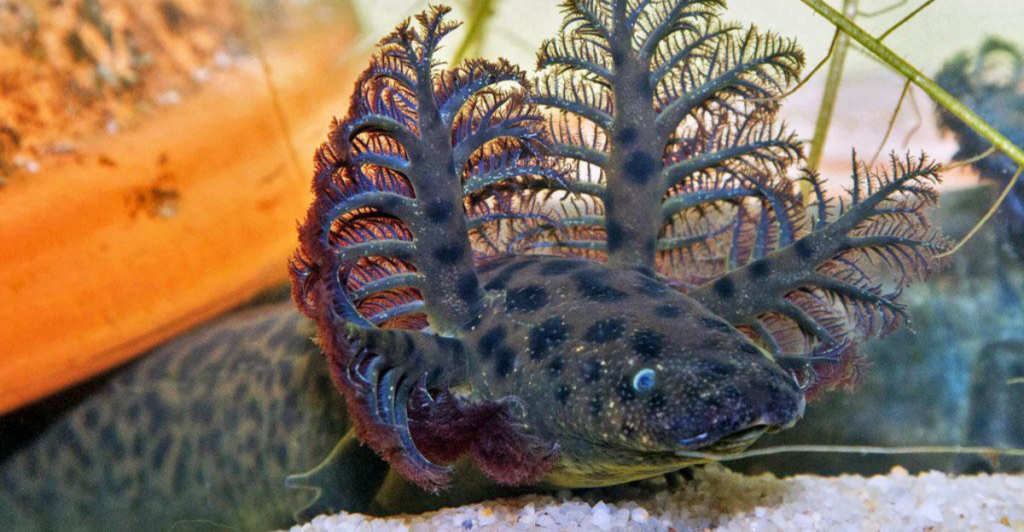
It sounds made up: a two-foot-long salamander, with gills, no back legs, and an eel-like body. But the reticulated siren is real, and it was only officially described in 2018, even though locals had whispered about it for decades.
Found in the swamps of Alabama and the Florida Panhandle, this slippery creature lives in nutrient-poor wetlands and looks like something that swam out of a prehistoric lake. Scientists had seen specimens before, but never pieced them together as a distinct species.
The siren reminds us that even the biggest animals can go unnoticed if they live in the right (or wrong) places.
3. Hoosier Cavefish
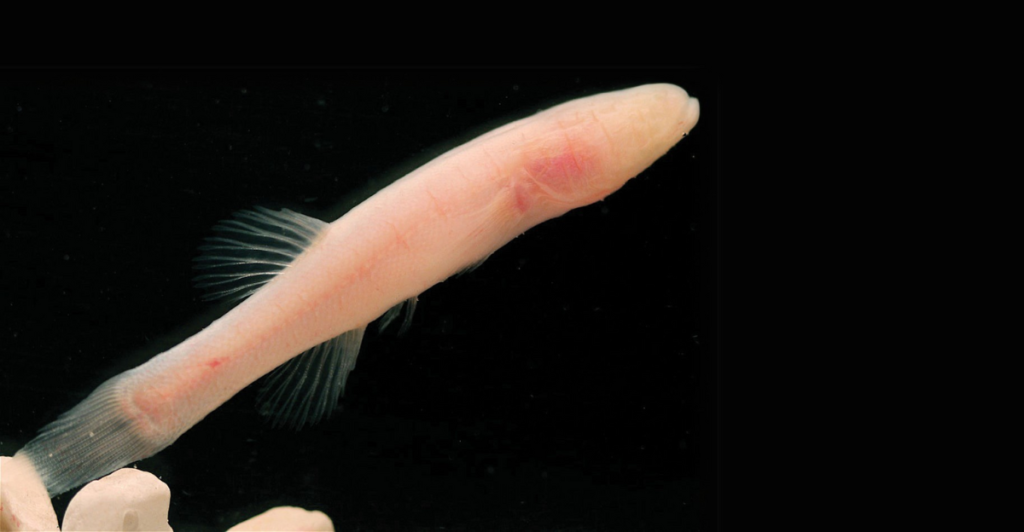
Discovered in 2014, the Hoosier cavefish is one of those weird, wonderful creatures that adapted to total darkness. It has no eyes, no pigment, and relies entirely on its other senses to navigate the subterranean waterways of southern Indiana.
It’s the first new cavefish discovered in the U.S. in over 40 years. Researchers were stunned, not only by the fish itself, but by the fact that it had remained undocumented for so long.
Living deep beneath the surface, it’s vulnerable to pollution and habitat disruption. But its discovery proves the underworld of America’s caves still has secrets worth protecting.
4. Humboldt Marten
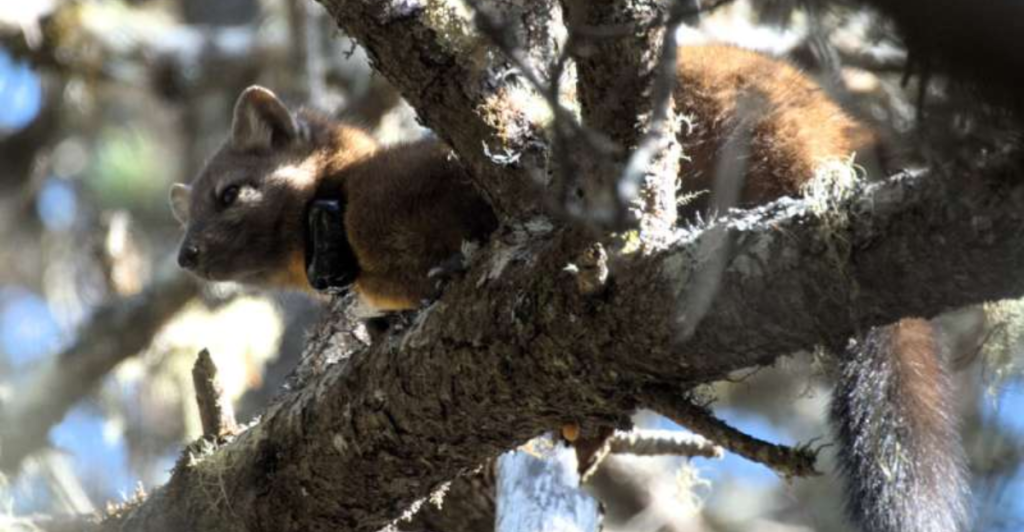
The Humboldt marten was thought to be extinct for most of the 20th century; a casualty of logging, trapping, and habitat loss. But in recent decades, a few mysterious sightings hinted it might still be out there.
Those whispers turned into confirmation when researchers caught images of the marten on trail cams in Oregon and California. With fewer than 500 individuals believed to remain, it’s now a high-priority species for conservation.
Small, elusive, and fiercely shy, the Humboldt marten has become a symbol of the old-growth forests it calls home and why those forests are worth saving.
5. Choctaw Bass
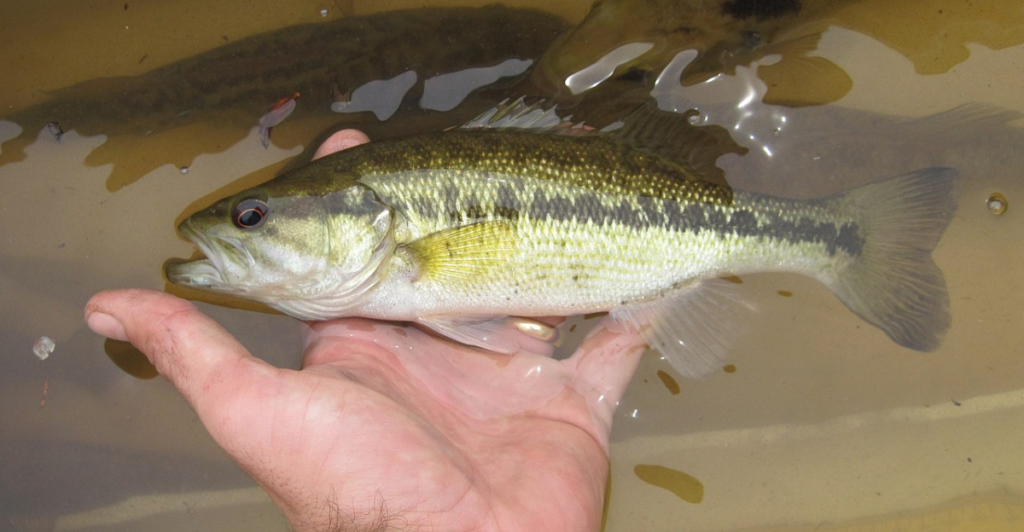
Sometimes the rarest species are the ones hiding in plain sight. The Choctaw bass was officially identified in 2013, but for years it had been lumped in with other black bass species until DNA testing told a different story.
It lives in the cool, fast-flowing rivers of the Florida Panhandle and looks nearly identical to its cousins. That’s what makes it so impressive. Scientists had to look closely (really closely) to realize what they were missing.
Now that it has a name, the Choctaw bass is getting the attention it deserves, both from conservationists and from anglers.
6. Larca boulderica
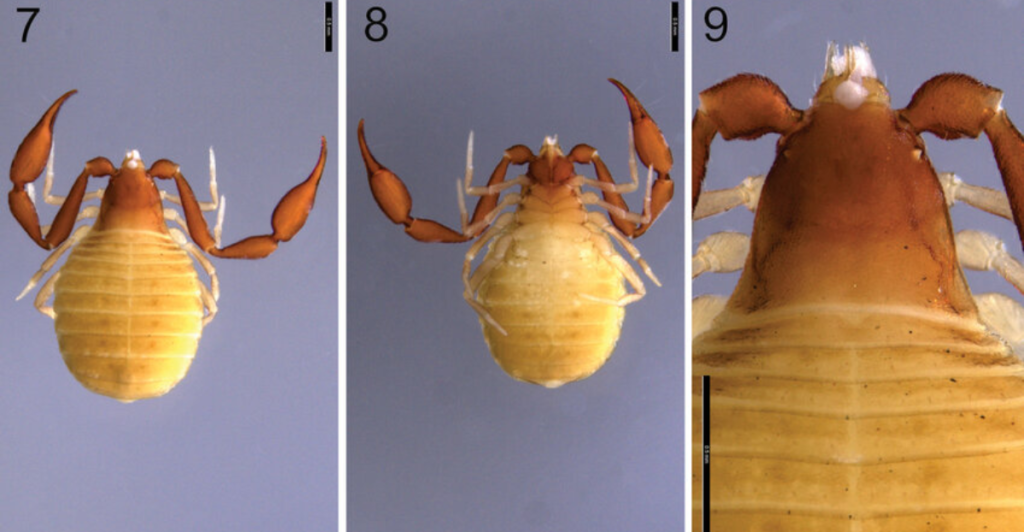
If you thought caves were creepy before, wait until you meet Larca boulderica: a pseudoscorpion no bigger than a sesame seed, found in Mallory Cave near Boulder, Colorado. Don’t worry, it doesn’t sting or bite. It just looks like it could.
Discovered in 2019, this tiny arachnid thrives in the dark, damp microclimate of the cave. Its pincers are used to snag even tinier prey, like mites and springtails. It’s one of those creatures that evolved in total isolation and adapted beautifully to its strange home.
It’s a reminder that biodiversity isn’t always big, flashy, or furry. Sometimes it’s clawed and hiding in the shadows.
7. Amaga pseudobama
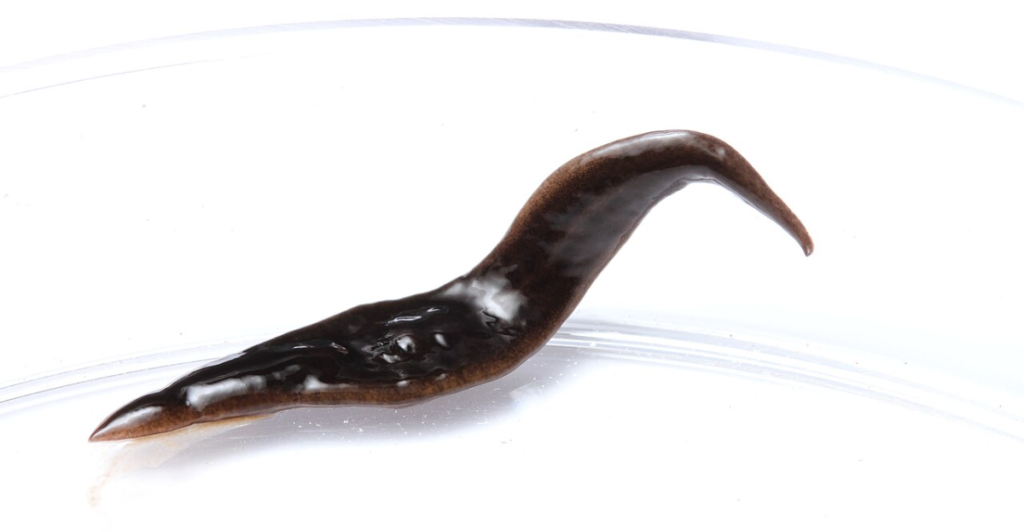
Discovered in 2018, Amaga pseudobama is a flatworm that somehow ended up slithering through soil in gardens across Florida, Georgia, and North Carolina. Native to South America, it likely hitched a ride on potted plants imported from overseas.
It’s not dangerous to humans, but it’s a predator of earthworms, and that’s where it gets tricky. Earthworms help maintain healthy soil, so a growing population of invasive flatworms could pose a threat to garden and forest ecosystems.
It might be tiny and squishy, but it’s causing big ecological questions. The name? It’s just a nod to its genus. No politics here.
8. Pterourus bjorkae

Most butterflies don’t get named after pop stars, but Pterourus bjorkae is the exception. Discovered in 2022 and officially described in 2023, this striking swallowtail was named after Icelandic singer Björk to honor her environmental advocacy.
It lives in the forests of New England and looks similar to other swallowtails but flies earlier in the year and has subtle differences in its wing patterns. It had likely been misclassified for decades.
Now that it’s recognized as its own species, researchers are eager to learn more. And honestly, what cooler way to enter the scientific record?
Discovery Is Still Out There

Just when we think we’ve seen it all, nature proves us wrong. These eight animals, from salamanders to butterflies, show that exploration isn’t limited to rainforests or far-flung islands. It’s happening in our rivers, gardens, forests, and caves.
Each discovery changes how we understand ecosystems and reminds us how little we truly know. Some of these species went unnoticed because of how small they are. Others simply lived in overlooked places. Either way, they deserve attention.
So next time you’re outdoors, remember: you’re walking through a world still full of secrets. You might just spot one before science does.
Explore more of our trending stories and hit Follow to keep them coming to your feed!

Don’t miss out on more stories like this! Hit the Follow button at the top of this article to stay updated with the latest news. Share your thoughts in the comments—we’d love to hear from you!







